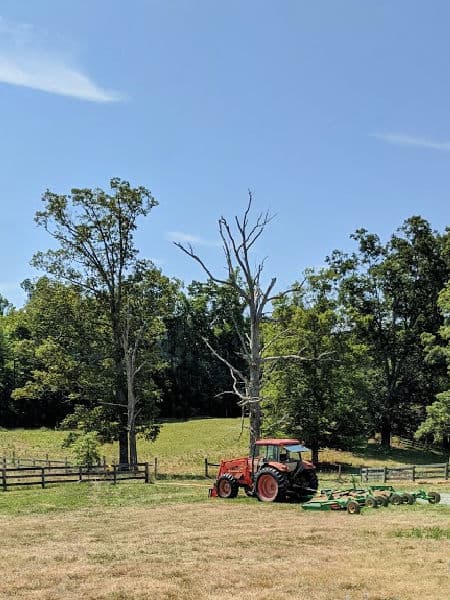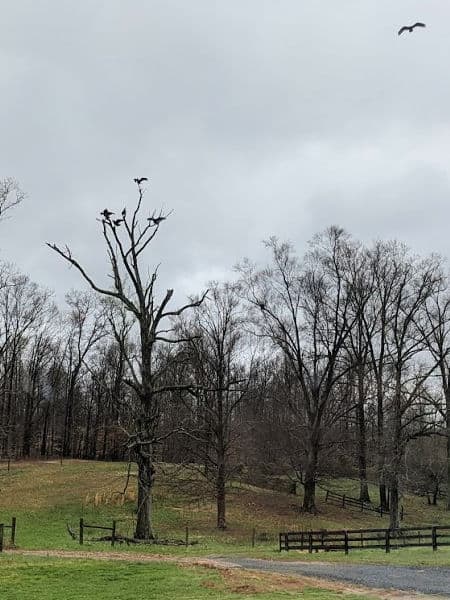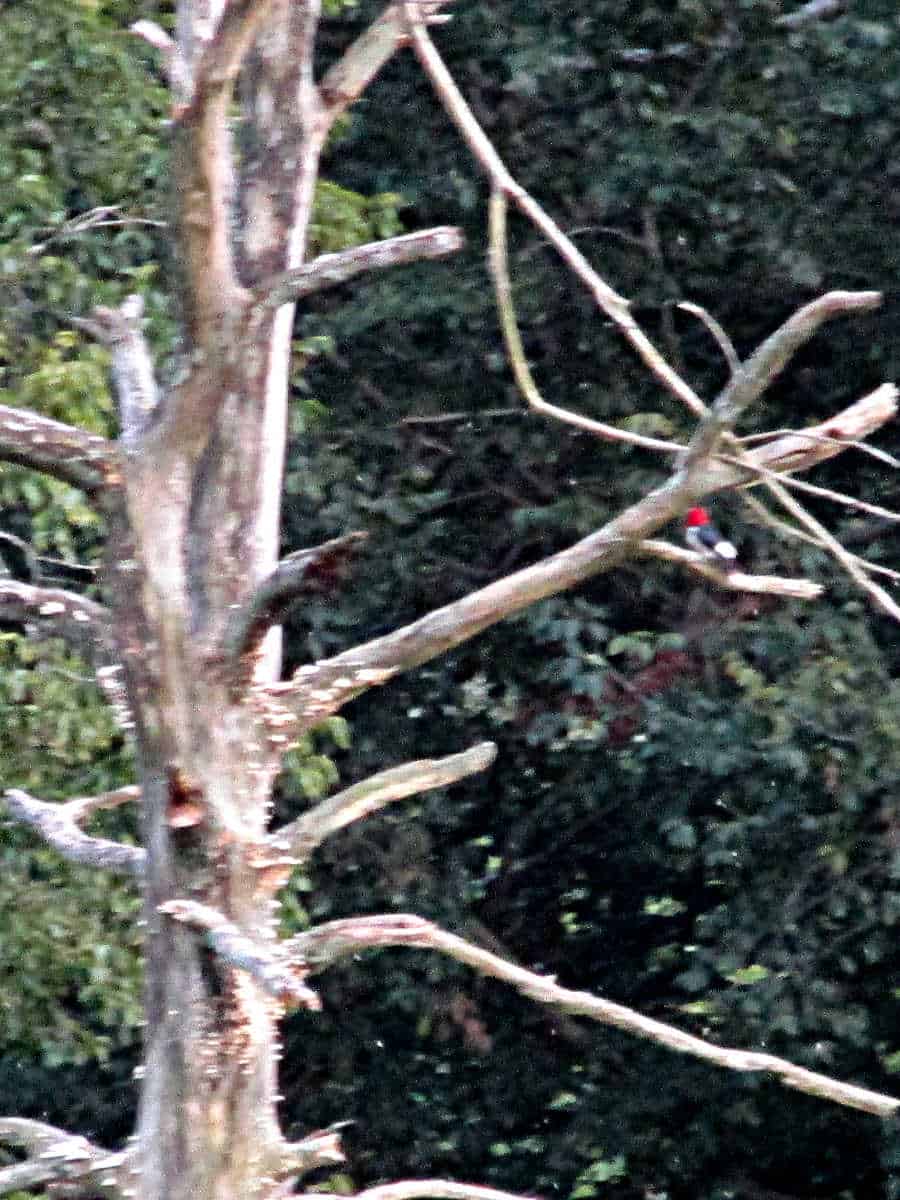Snags – Charlie Brown Trees for Wildlife
Or, Just Because You Suck at Equine and Timber Management Doesn't Mean You Can't be Awesome at Wildlife Management
Snags – Standing Timber that Provides Critical Wildlife Habitat
There are two dead oaks outside my kitchen window, trees that have died over the course of a dozen years, prompting a continual debate between me and the man to whom I am married, as to whose fault it is. Either the pony did it, making it my fault, or the mule did it, making it his fault.
With the slow-motion demise of these trees, there was no particular moment where we decided that these arboreal corpses needed to go. They just sort of stood there mockingly, a reminder of how hard horses can be on any timber – standing or otherwise (like the fence). All the “I told you so”s in the world weren’t going to change that
Imperfect equine management notwithstanding, trees die for a lot of reasons. Flooding, drought stress, insect infestations, wildlife activity, fire and lightning are some of the “natural” causes of tree death.
Human activity causes a lot of tree deaths. We can impact the crown – the top of the tree – through excessive pruning. We can cause damage to the bark, with our mowing equipment (particularly string trimmers), with our fences, or by letting our goats and ponies chew on the trunks.
Vehicle and hoof traffic over the root areas can negatively impact trees, through soil compaction, or excessive nutrients in loafing areas.
Excessive nutrients – urine and manure – in loafing areas can damage trees. Animals in a continuous grazing system, i.e., not rotationally grazed, will favor certain tress because of both temperature and flies, and will eventually kill their favored trees.
In spite of the fact that these two trees are dead, I’ve always noticed that there was a lot of wildlife activity in them. I wasn’t sure if there really was more activity, or maybe I could just see it better, with the absence of leaves. Turns out that these dead trees provide a completely different ecosystem than a live tree.
Standing dead timber provides critical cover, food sources, nesting spots and perching spots for a wide variety of wildlife species – mammals, birds, plants, insects and amphibians.
A snag is simply a dead or dying tree, sometimes referred to as a wildlife tree (once it falls, it’s called a log). You don’t need to live in the wilderness to provide wildlife habitat. Many species would happily live in your back yard, if you gave them a chance

These two dead oak trees provide valuable wildlife cover and habitat

Turkey vultures sun themselves as they survey their surroundings
But standing dead timber is becoming increasingly scarce.
Modern timber management practices mean there are fewer dead trees to begin with. And many modern land management practices – our timber cutting, land development and clearing, hasten the removal of existing snags, and decrease the likelihood that existing trees will become large enough or old enough to become snags.
Fewer snags means more habitat loss
Habitat loss is often cited as a reason certain species are struggling, but I think most of us think of that whole thing as it pertains to more exotic species, and we never think that how we manage our plantings in our yard can have an impact – good or bad – on native species.
Where and how we build our homes, the materials we use, and how we maintain our open spaces – how we mow for instance, can influence wildlife behavior.
When a tree starts to die – and they can take decades to die – our first impulse is to remove it. It some cases, that makes a lot of sense. Removing trees that are diseased or heavily damaged by insects may help preserve remaining trees.
And let’s face it. Dead trees are usually pretty ugly. We don’t like the looks of them, especially in front of our homes. They can pose a safety hazard. The tree can snap, limbs can fall, or the whole thing can become uprooted. Near structures, utility lines or along roadways, they can pose a danger.
But sometimes a wait-and-see approach is a reasonable approach to managing a dead tree. And it can be a surprisingly rewarding approach.
The snags outside my kitchen window stay pretty active. I’ll occasionally see raptors up there – eagles, hawks and turkey vultures, but my favorites are the red-headed woodpeckers. I haven’t seen any on the farm so far this year – changes in land use patterns have had an impact on their numbers. We try to make as many accommodations for them as possible, but we can’t control the weather, predators, or limited mast-crops.
They’ll hopefully show back up at some point. In the meantime, we’re keeping the grass low near the snags to help eliminate cover for the weasels and snakes that might find woodpecker nests appealing. (There’s not much I can do about the other bird species that compete for nesting cavities in the trees.)
I’m not sure exactly what killed these two oak trees, but the amount of wildlife activity they now host are enough to help me overlook some of their aesthetic shortcomings. And you may find that on your farm, leaving some space for wildlife might bring some added reward to your investment.

The red-headed woodpeckers aren't here this year. Hopefully they've found another tree on our farm.

Though he's show on the fence in this image, this Bald Eagle frequents the snag beside our house.
If you’re interested in more of the antics and fiascos we create and endure, check out our one and only social feed.

I don’t know really know anything about all of this!b Really interesting thanks for sharing
Glad you enjoyed it!